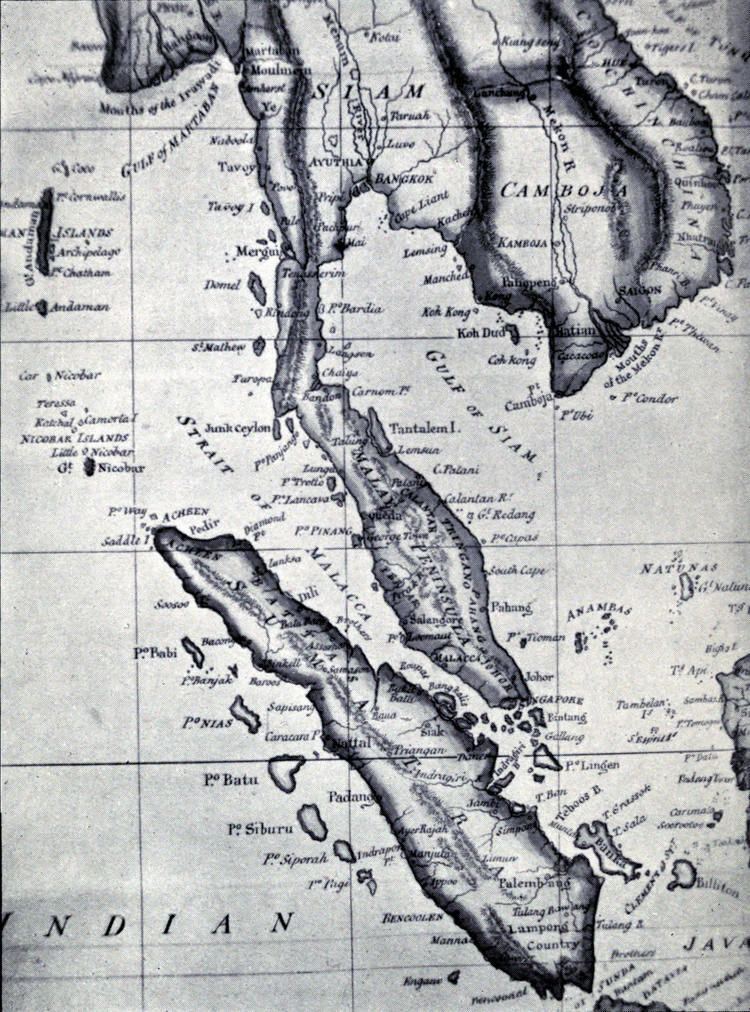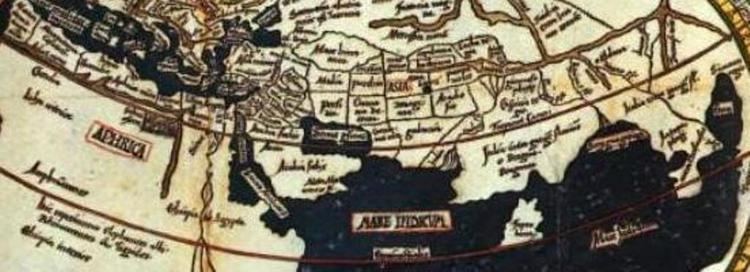 | ||
Golden chersonese
The Golden Chersonese or Golden Khersonese, meaning the Golden Peninsula (Ancient Greek: Χρυσῆ Χερσόνησος, Chrysḗ Chersónēsos; Latin: Chersonesus Aurea), was the name used for the Malay Peninsula by Greek and Roman geographers in classical antiquity, most famously in Claudius Ptolemy's 2nd-century Geography.
Contents
- Golden chersonese
- Artra golden chersonese series
- Name
- Geographical locations
- Rivers
- Settlements
- Other features
- References

Artra golden chersonese series
Name
The earliest references to a fabulous land of gold that could be interpreted as places in South East Asia may be found in Indian literature. In Ramayana, there are mentions of Suvarnabhumi (Land of Gold) and Suvarnadvipa (the Golden island or Peninsula, where dvipa might refer to either a peninsula or an island). Greek knowledge of lands further to their east only improved after the conquests of Alexander the Great, but specific references to South East Asia did not appear until after the rise of the Roman Empire. Greek and Roman geographers Eratosthenes, Dionysius Periegetes, and Pomponius Mela had wrote about a Golden Isle (Khrysē, Chryse Insula), taken by some in modern times as meaning Sumatra while excluding the Malay Peninsula. Pliny in Natural History, however, referred to Chryse as both a promontory and an island.
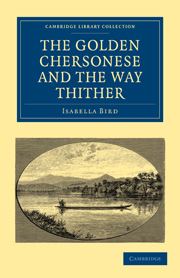
The Ptolemy's Geography, based on the work by Marinus of Tyre, contains the earliest reference to the Golden Chersonese. However, Geography includes information added by later geographers, and the first specific mention of the Golden Chersonese may be in the work of Marcian of Heraclea. Chersonese means peninsula in Greek, and although a few early scholars had attempted to link the Golden Chersonese with Lower Burma, the term is now generally accepted to mean the Malay Peninsula. The Malay Peninsula is thought to be a producer of gold in ancient times, and gold mines in Patani and Pahang were still mentioned in the 17th century by the Portuguese historian Godinho de Erédia. Although gold is now not a major product of modern-day Malaysia, it is still being mined, for example in Raub in Pahang.
Geographical locations
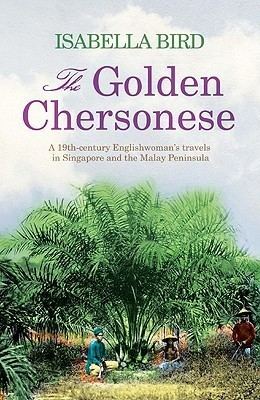
The names of various geographical features and settlements of the Golden Chersonese are given in Ptolemy's Geography, including towns and rivers. Different identities however have suggested by different scholars for these names. Although coordinates are given for many of these places, they are not considered reliable for places so far away from the Mediterranean as they may not be based on astronomical observation, and cannot be reliably used for identification.
Rivers
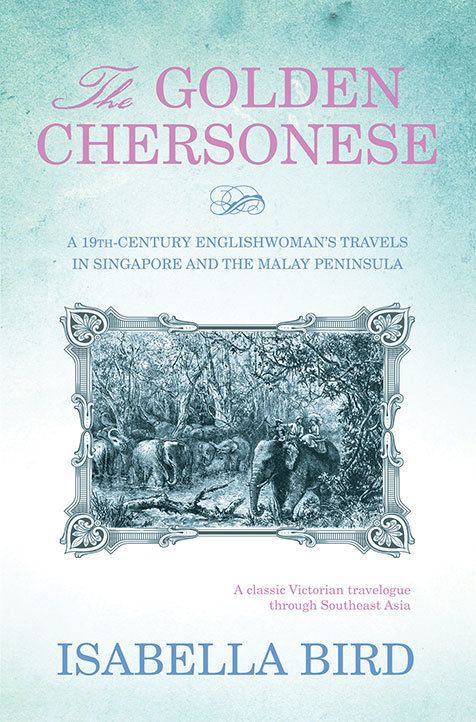
The Ptolemy map shows three rivers which are joined together as their source a single river which does not actually exist. It has however been suggested that this might be indication of the existence of an ancient transpeninsular route that linked Perak and Pahang, a short cut between the east and west coast of the Malay Peninsula.
